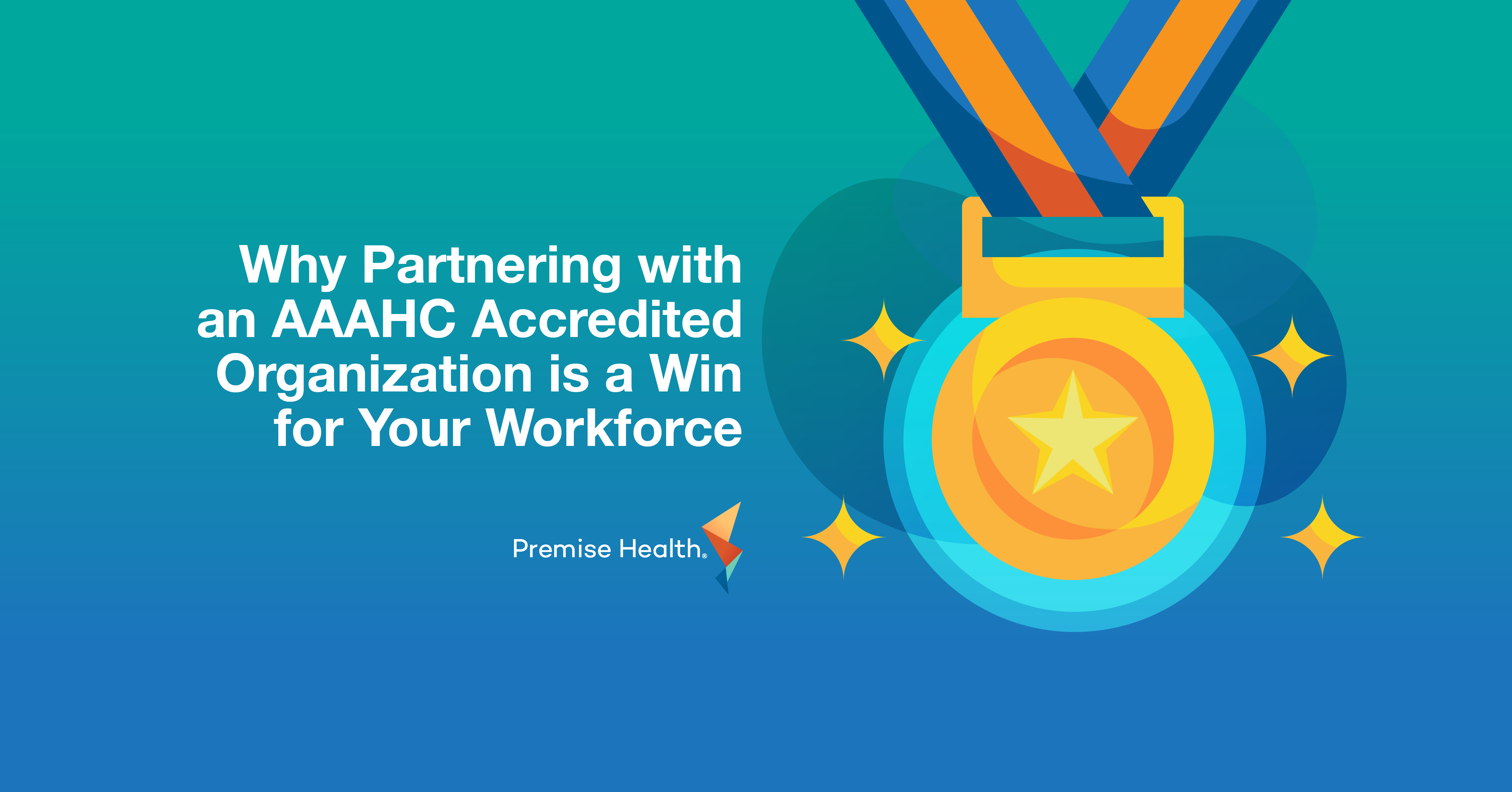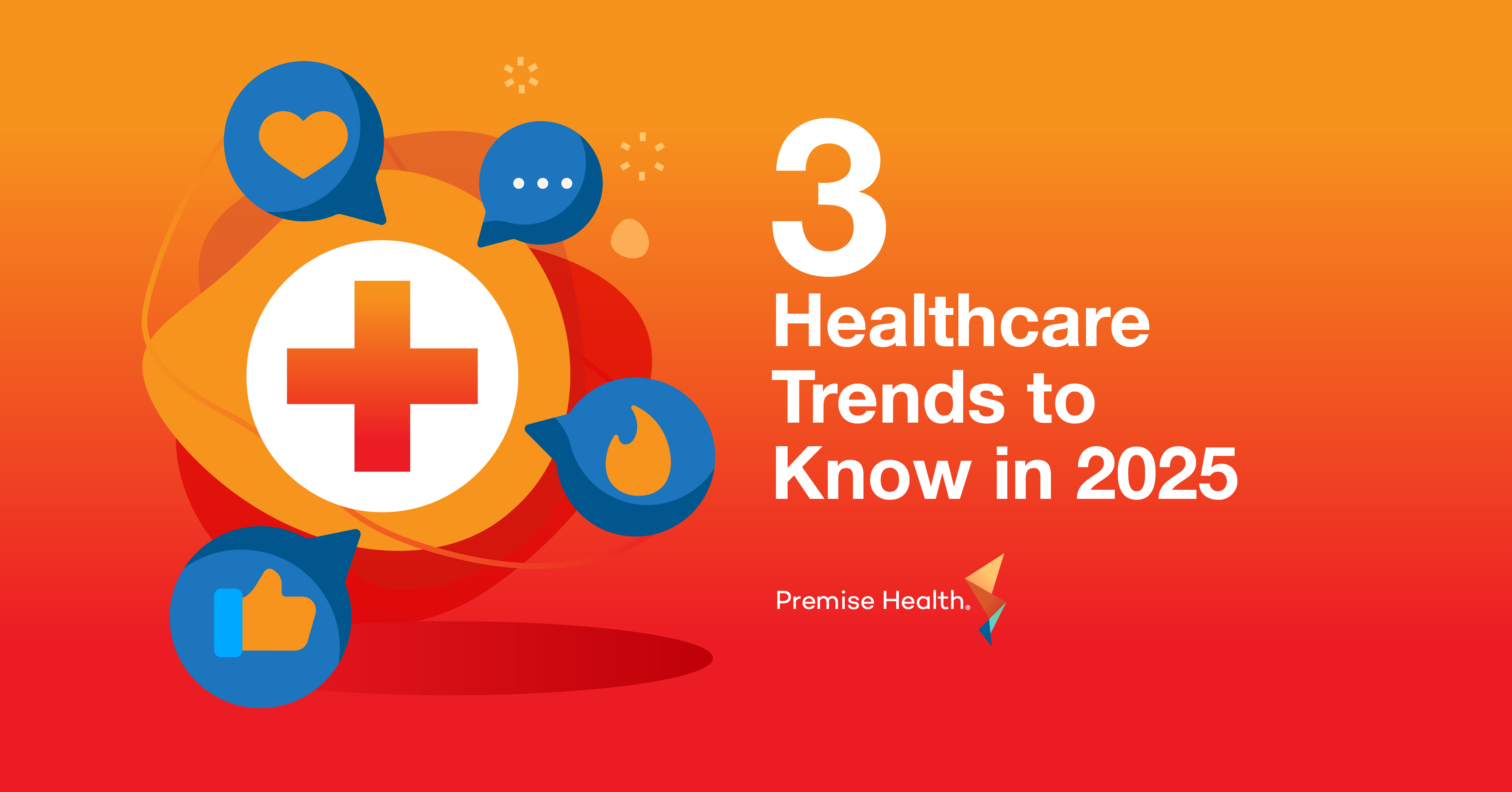How Your Occupational Health Team Can Help Employees Stay Healthy

Historically, onsite occupational health services have focused on completing medical surveillance, ensuring OSHA compliance, and treating workplace injury and illness. Safety should always be top of mind and having the right resources and support to help employees navigate injury is important. However, when well-equipped, your occupational health team can do so much more. For organizations already offering onsite occupational health services, taking a broader approach to worker health and integrating primary care is the key to reducing disability claims, lowering absenteeism, and delivering cost savings.
Throughout the coronavirus pandemic, even when many other industries moved to virtual or remote settings, the majority of manufacturing facilities have continued working in person. Most occupational health teams have also remained onsite, supporting efforts alongside COVID-19 such as daily screening and testing. Being onsite and in tune with the employee population, occupational health nurses are in a position to promote wellness in the workplace and ultimately, foster a culture of health for your organization.
Here are three ways that integrating occupational health and primary care services can improve the long-term health of your population: COVID-19 exposure and illness care navigation, chronic condition management, and musculoskeletal injury prevention activities.
How can occupational health providers keep employees safe from COVID-19?
When employees have convenient access to occupational health in the workplace, it is often the first place they’ll go for support. Throughout the coronavirus pandemic, implementing screening solutions for employees and serial antibody testing for entire workforces has become increasingly important. Occupational health teams are already accustomed to the schedules and shifts of the employee population and their knowledge of the organization helps simplify procedures and streamline the return-to-work process.
Additionally, for individuals that are exposed to or test positive for COVID-19, occupational health nurses can serve as trusted care navigators. By working with the HR team, providing frequent touchpoints with employees, and ensuring a safe return-to-work, onsite occupational health providers simplify the COVID-19 care process.
How can occupational health providers help manage chronic diseases in the workplace?
Ninety percent of the nation’s $3.5 trillion in annual health care expenditures are for people with chronic and mental health conditions. By taking an integrated approach to care, occupational health teams can support an organization’s condition management initiatives through services like blood pressure monitoring or by incorporating fitness at the workplace.
Consistent and Convenient Monitoring of Chronic Conditions
By offering onsite support for chronic conditions, employees with these conditions can receive the support they need without taking time off work to visit their doctor. If a large portion of your employee population suffers from chronic conditions, incorporating proactive condition management programs into your onsite occupational health strategy makes access easy. Onsite blood pressure monitoring, daily check-ins, one-on-one counseling, or fitness programs allow members to receive a full suite of services from their trusted provider.
Incorporating Musculoskeletal Services
From factory floors to computer workstations, occupational health nurses can provide musculoskeletal solutions that go beyond muscles and bones to identify potential risks, prevent injuries, and provide holistic care. Musculoskeletal injuries, whether they occurred at work or during personal time, are one of the top drivers of healthcare costs and present themselves in multiple ways. Solutions are most effective when they are delivered by cross functional providers including athletic trainers, chiropractors, acupuncturists, and more.
Whether you have access to an onsite fitness center or not, promoting movement within your organization helps to build a culture of physical activity and health. Occupational health providers can partner with fitness teams or work independently to create fitness and movement programming, offer one-on-one fitness coaching, or plan educational and recreational events. By integrating their point of care, employees can receive synchronized treatment for all their health issues.
How can access to occupational health providers reduce the effects of employee burnout?
The psychological and physical complications of burned-out employees cost an estimated $125 billion to $190 billion in healthcare spending each year in the U.S and in recent years, the responsibility for managing burnout has shifted away from individuals and towards organizations. Companies that support their employees with the effects of burnout are known to have lower turnover, higher productivity and lower healthcare costs.
By removing barriers to care through a collaborative onsite approach, employees can get the highest quality care and best possible outcomes. Onsite occupational health nurses provide a safe place for employees to seek support. Depression screenings, private counseling, and mental health support onsite help to prevent employee burnout and empower productivity.
An Integrated Approach to Care
When occupational health and primary care teams work in tandem to create comprehensive treatment programs, organizations are equipped to improve overall employee health. Occupational health providers are already working onsite, they understand the organization’s benefit package, and they understand the stressors of the environment. If your organization is looking to reduce disability claims, lower absenteeism, and deliver cost savings, look to your occupational health team.
As the world leader in direct healthcare, Premise Health understands the challenges and importance of occupational safety. Our occupational health solution includes a full suite of services, including management of complex specialized programs, medical surveillance, case management, and health, safety, and wellbeing (HSW) programs. Contact us to learn more about how we can help your organization.
Next on industry insights.

How to Futureproof Your Healthcare Benefits
Read the Blog
Why Partnering with an AAAHC Accredited Organization is a Win for Your Workforce
Read the Blog